Douglas fir beam super red, HELP! how do O take the red out?
Fa Knapps
last year
Featured Answer
Sort by:Oldest
Comments (29)
Mark Bischak, Architect
last yearkudzu9
last yearRelated Discussions
Douglas Firs up to 465 Feet tall.
Comments (59)Fellow tall tree lovers: Let me quote this entry from way back in 2009 radagast(US east coast) "For more information regarding accurate tree measuring, please visit the website of the Eastern Native Tree Society (ENTS) We have lots of information regarding east coast species as well as some on west coast species. There are also plenty of article about accurate tree height measurement methods, historical tree height claims, etc." The work of the Native Tree Society on tree measurement is outstanding, if not "revolutionary." The common measuring technique "of the past" ( I hope it is really "of the past") is what can be called the "tangent method." This involves measuring the distance to the base of the tree from the "observer," and then taking a clinometer reading from the same point to measure the angle to the top. If the ground is not level, a similar measurement of the angle to the bottom must be made, and another tangent calculation. Then addition, or subtraction. The NTS has checked some of the height measurements of the trees listed by the American Forests in the past as national champion trees, and has found errors of as much as 30% or more in those measured by the tangent method. The reason for the errors is not simply errors in the use of the "equipment," but in the fundamental assumption behind the calculations. This tangent calculation assumes that there is a right angle created by the "facts" of the observation, but this is often not the case--in fact, it is virtually never the case exactly. There are two reasons for this. First, IF the actual top of the tree is sighted, it is most likely not directly above the base, as must be assumed if any tangent calculation is used. If it is close to being directly above the base, the measurement will be fairly accurate. Second, and this may result in more serious errors sometimes, what is sighted as the top, may not actually be the top, but some foliage/branch that is closer to the observer than the actual top. This error also in all probability "messes up" any assumed right triangle required for any tangent calculation. The most basic method supported by NTS can be called "sine top, sine bottom." This involves the use of a laser range finder and a clinometer. I start by reading the distance to the top, and then reading the angle to the top, and then doing a sine calculation. Then I repeat, reading the distance to the base, then the angle to the base, and then another sine calculation, adding or subtracting the results as needed. This method can fail to give the correct height of a tree ONLY if the actual highest point of the tree is not sighted. As for the right triangle needed for the calculation, it is always present as a mathematical certainty--it is embedded in the basic assumption that the sine calculation is based on. In other words, if the distance and the angle are read along the same line from the same point, the right triangle is assumed in the sine calculation. No error in this regard is possible. If what is sighted is not actually the top, but a part of the foliage that is closer than it would be if it were directly above the base, the error will give a result somewhat less than the actual height of the tree, not significantly more as is usually the case with the tangent method. The sine method will give an accurate reading, always, of the height of what is sighted above the level the observer is standing on. The NTS Website contains the most detailed description of this most basic sine top, sine bottom method, along with other methods of measuring tree heights, explaining the pros and cons of each. The Wikipedia article on tree measurement is a very good brief summary, giving the "essentials." --spruce...See MoreMust decide if I am doing red windows!!!
Comments (31)Well, I have put 11 years of hard work and training into him, and he is cute, so I hate for all of that to go to waste. :) I haven't told him that I had made the final decision for the brick red. I'm not sure if it matters to him anyways. The only thing his has cared about is getting his outdoor kitchen! I think you should order the red windows behind your DH's back! Once they are in, not much he can do about it.:) My DH is the same way. He has a hard time "seeing" what something different could do for the home. But, I have an advantage that you don't. He is colorblind! So all I have say to him is that he has no place commenting on anything regarding colors! Oh, I hope I have made the right decision. I can just imagine my MIL asking why in the world did I put red windows on the house....then my husband saying he thinks it looks evil.......See MoreOpinions on best 'match' to Douglas Fir? photo
Comments (9)Thanks, folks! I would love to do reclaimed floors. Unfortunately, they have been impossible to find here in the right size, and having them brought in from elsewhere would completely blow the budget at this point. We tried very hard to save the kitchen flooring so we could at least use part of it, but it was in horrible shape. I am going to keep my eyes open and see if I find anything for reclaimed wood. The floors were not stained when we refinished them, and they have never been waxed. (Except if kittens sliding across it on dropcloths count! When we were doing some plaster repair, Oliver and his brother, Toby, would jump from the stairs and slide across the room.) So I guess it could be either Douglas or Southern yellow pine. Does the fact the house is in Massachusetts make a difference? We got samples of Mercier pre-finished hardwood flooring, and the closest matches were in their honey finish: white ash, then white oak, then maybe red oak, then hard maple (for color, not at all a match for graining.) So unless something comes up for reclaimed flooring in the next two weeks, we will be using the white ash. Thanks again, Emmie...See More100 years old CVG Douglas Fir refinishing
Comments (3)Hi, you should see if rubbing alcohol takes the old finish off (in an out of the way place). If it does, it's shellac. If the finish and color is in good condition, I sure wouldn't sand it (old house forum can advise - dings and scratchs in shellac very repairable.) Poly can go over shellac as long as there is NO WAX IN, or ON TOP OF the shellac. If you have to remove it get what you can off by softening it with denatured alcohol and using a scraper on it when it's soft, and then sand only to get a smooth surface. Otherwise sanding shellac can be a mess - it gums up the paper and the friction can cause black scorch marks in the wood that can't be removed (been there done that). The guy in the floor store recommended Bona deep tone sealer(DTS) for my 100 yr old fir, and I was skeptical - till he explained that the slightly brownish/amberish tint helped even out the tone and bring out the beauty of old fir. I couldn't be happier with how they turned out - a deep rich honey color. This post was edited by kashka_kat on Wed, Oct 30, 13 at 20:18...See Moredan1888
last yearFa Knapps
last yeardan1888
last yearlast modified: last yearSeabornman
last yearFa Knapps
last yeardan1888
last yearFa Knapps
last yearFa Knapps
last yearbry911
last yearHU-798758213
last yearbry911
last yearlast modified: last yearFa Knapps
last yearHU-798758213
last yearJeffrey R. Grenz, General Contractor
last yearFa Knapps
last yearJace Wheeler
11 months agoFa Knapps
11 months agoFa Knapps
11 months agoMark Bischak, Architect
11 months agolast modified: 11 months agoHU-37284883
7 months agoHU-37284883
7 months agoFa Knapps
last monthFa Knapps
last month
Related Stories
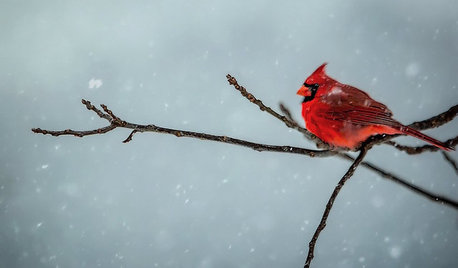
GARDENING GUIDESBackyard Birds: Northern Cardinals in the Snow, and Other Red Birds
Brilliant crimson feathers make these friends stand out in a crowd
Full Story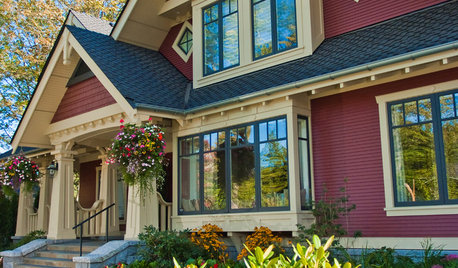
EXTERIOR COLORExterior Color of the Week: Rich, Fall-Friendly Reds
Look to the crimsons and burgundies of turning autumn leaves for a deep, captivating home color
Full Story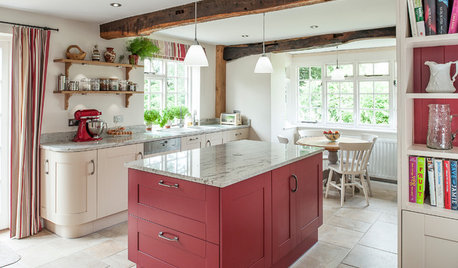
KITCHEN DESIGNKitchen of the Week: Splashes of Red for a Country Classic
Modern touches combine with traditional style in this warmly elegant kitchen in the English countryside
Full Story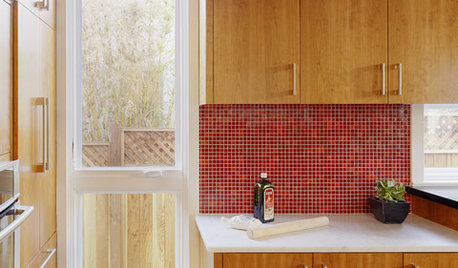
KITCHEN DESIGNKitchen Color: 15 Ravishing Red Backsplashes
Bring some zing to your kitchen with a backsplash of ruby-colored tiles or back-painted glass
Full Story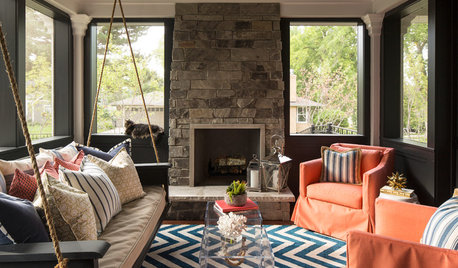
HOUZZ TOURSHouzz Tour: A New Take on a Shingle-Style Classic
A wraparound porch, coffered ceilings and lavender hues help make this family home a star
Full Story
DECLUTTERINGDownsizing Help: How to Edit Your Belongings
Learn what to take and what to toss if you're moving to a smaller home
Full Story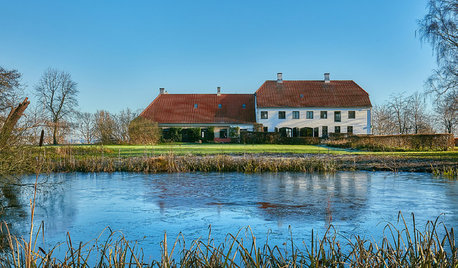
WORLD OF DESIGNA Visit to ‘Out of Africa’ Author’s Stunning Danish Manor
We tour Karen Blixen’s home and take a peek at her life, style and Christmas traditions
Full Story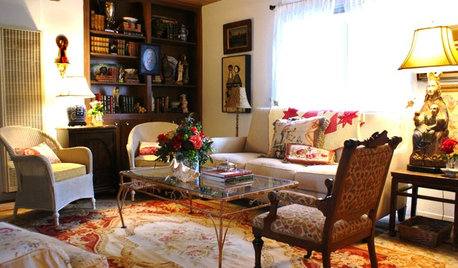
DECLUTTERINGDownsizing Help: Choosing What Furniture to Leave Behind
What to take, what to buy, how to make your favorite furniture fit ... get some answers from a homeowner who scaled way down
Full Story
HOUSEKEEPINGHow to Clean Your Fridge, Inside and Out
Keep your refrigerator clean and fresh, while you gain storage space and lose those ‘UFOs’
Full Story
INSIDE HOUZZHow Much Does a Remodel Cost, and How Long Does It Take?
The 2016 Houzz & Home survey asked 120,000 Houzzers about their renovation projects. Here’s what they said
Full Story


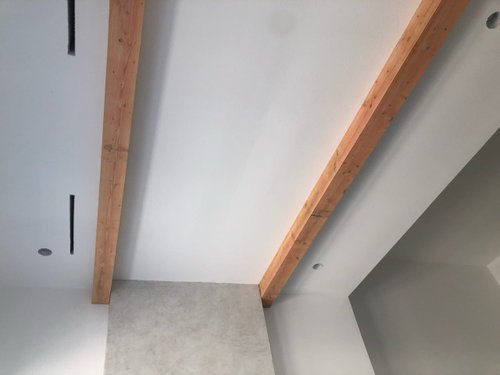
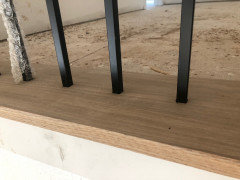




Fa KnappsOriginal Author